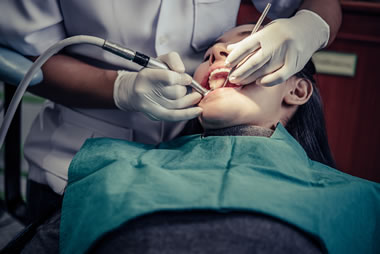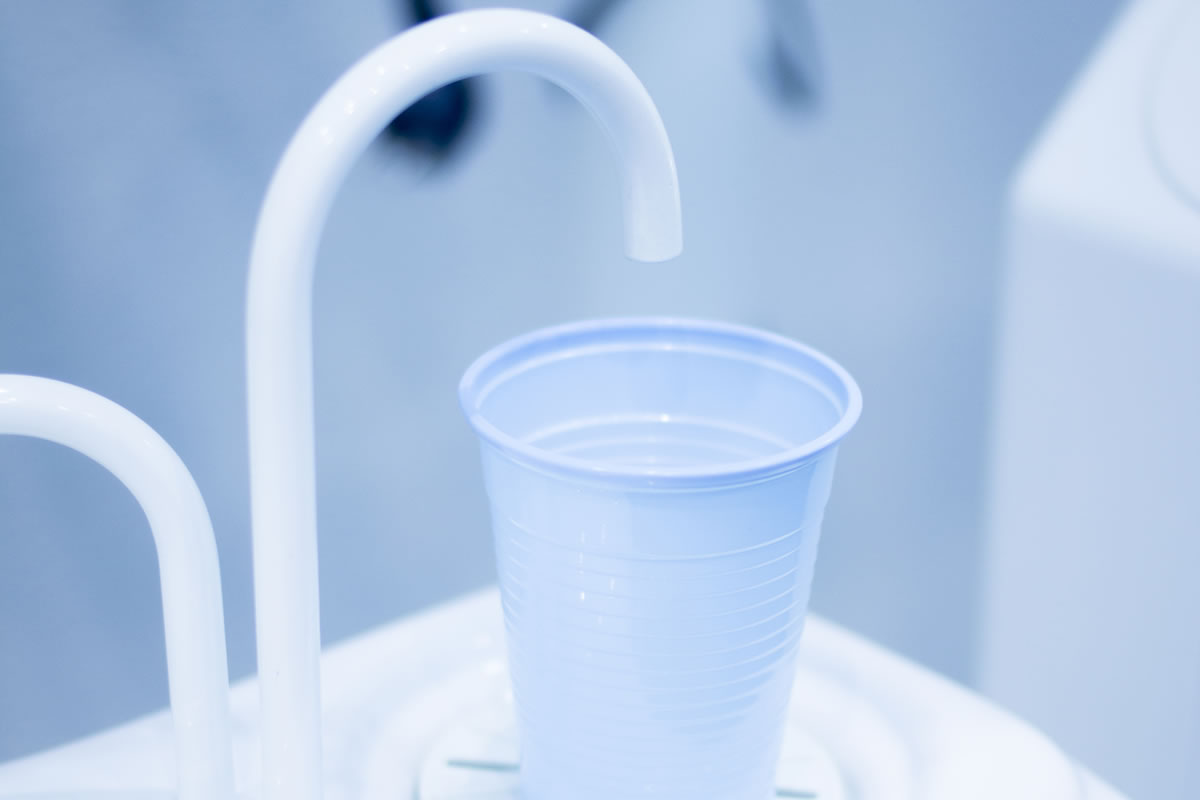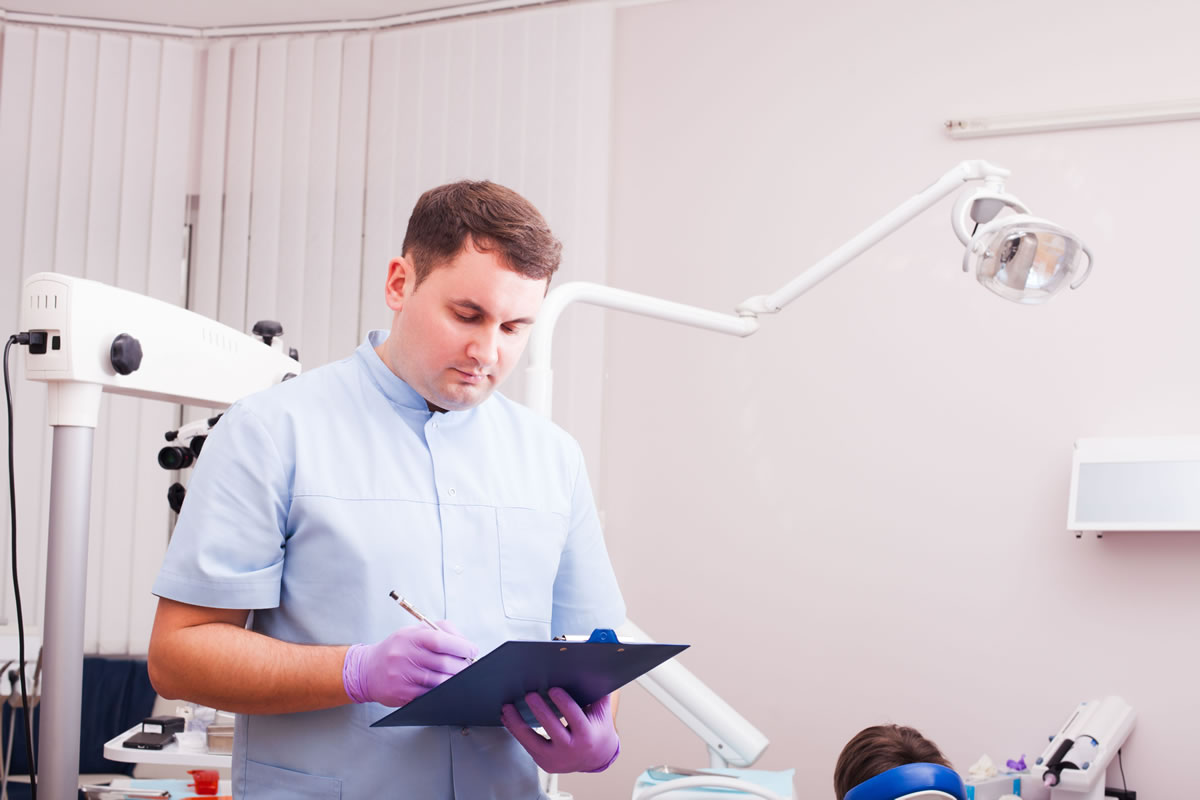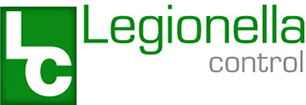Legionella Guidance for Dental Practices – What You Need to Know

Maintaining high standards of water safety is a critical responsibility for every dental practice in the UK. While the chances of a Legionnaires’ disease outbreak occurring in a dental setting are low, the potential consequences can be severe if proper controls are not in place.
Ensuring full compliance with Legionella regulations not only protects patients, staff, and visitors from harm, but also helps dental practices meet their legal duties and uphold public confidence in their services. By understanding the risks and implementing an effective water safety management plan, practice owners and duty holders can demonstrate diligence and safeguard everyone who enters their premises.
In this article, we explore what dental professionals and those responsible for water safety need to know about managing the risk of Legionella bacteria. We look at the key legislation and guidance that apply to dental practices, the importance of undertaking a suitable and sufficient Legionella risk assessment, and the specific areas of concern such as dental unit water lines. The article also highlights when testing may be required, how to maintain compliance, and practical steps to minimise risks on a daily basis, helping ensure your dental practice remains both safe and compliant with the law.
A version of this article giving guidance about the control of Legionella in dental practices first appeared in Legionella Control International’s newsletter. To get it in your inbox, sign up here.
Legionella and dental practices
Visiting the dentist probably won’t appear on most people’s top 10 of favourite activities and things to do. We tend to think about fillings, drilling, and polishing while we’re there. We don’t tend to think about Legionella bacteria and the risk it may potentially pose to our health.
Fortunately, outbreaks of Legionnaires’ disease in dental practices are rare. However, those responsible for the safe operation of dental practices must be aware of the potential risks and take steps to ensure patients, dentists, and other staff are not put at undue risk of being exposed to the potentially deadly Legionella bacteria.

What are UK dental practices required to do to minimise Legionella risk?
In the UK dental practices are considered healthcare premises and therefore must ensure they provide a safe environment for both visitors and staff. Water companies will provide the supply to the premises, but those responsible for water safety within the dental practice itself must then ensure that risks posed by Legionella bacteria remain as low as possible.
What Legionella legislation do dentists need to follow?
There are four key documents that all UK dental practices must abide by:
- The Health and Safety Executive (HSE) Approved Code of Practice L8 (ACoP)
- Control of Substances Hazardous to Health Regulations 2002 (COSHH)
- The Health and Safety at Work etc Act 1974
- Health and Social Care Act
Further guidance issued by the Department of Health should also be followed to ensure proper management of water systems, and to ensure the risk of exposure to Legionella bacteria is kept to a minimum. There is also a Health Technical Memorandum HTM 01-05 – Decontamination in Primary Care Dental Practices.
Conducting a Legionella risk assessment of your dental practice
All businesses and healthcare settings must conduct a Legionella risk assessment that considers all potential risk factors in that setting. As with all risk assessments, this should be done by someone who is competent and experienced in conducting a risk assessment and knows what to look for. They should have training in the required skills and abilities, so that nothing is missed.
Thus, the responsible person chosen for this task should have training to ensure they know how to conduct the water safety risk assessment to obtain accurate information and results.
When conducting the assessment, every part of the hot and cold-water system should be considered. It’s not just a case of checking those areas that will be used by patients or staff. You must also evaluate other areas that may not be as frequently used. For example, is there a staff room with facilities to make tea and coffee? There might be a separate shower room that is no longer used very often. Infrequent use can be a risk factor since it allows stagnant water to form in the pipes, thereby raising the risk of biofilms developing that provide a safe haven for the unhindered growth of Legionella bacteria.

Noting specific Legionella risk areas inside dental practices
Perhaps the most obvious area of water risk involves the dental chair, which includes a supply of water for the dentist and patient to use. This equipment can create an aerosol or fine spray of water.
Legionella bacteria can cause a serious form of pneumonia if it is inhaled deep into the lungs. This often presents similarly to a cold or flu. Since the dental unit water line (DUWL) represents a risk in this respect, it should be clearly noted in the risk assessment. Since this risk cannot be removed, the DUWL system should be drained, cleaned, flushed through, and properly disinfected at suitable intervals. This will usually occur before the day’s patients begin to arrive for treatment, and once again following closure of the surgery at the end of the day.
Flushing through the dental water lines should also be done in between patients to ensure there is no build up of bacteria during the day. Such waterlines are particularly prone to developing biofilm if this is allowed to occur. Regular cleaning and maintenance following the equipment manufacturers instructions should prevent this from happening. Other techniques include using sterile water for these purposes could be considered.
Are you required to undertake Legionella testing?
The Health Technical Memorandum 01-05 requires an annual sample of water from the water heater drain. No other testing is required, but some dental practices choose to take water samples to confirm the supply of water is safe and that bacteria remain within safe levels.
There will be certain scenarios where Legionella testing is required though. For example, if the building has gone through a change of use to be turned into a dental practice, testing should occur as part of a disinfection process prior to opening. The same would apply if a current dental practice was extended or if other building work took place. This would ensure the water system was still safe to use.
Another example where Legionella testing would be required is where someone notices that the water supply in general or in one area smells odd or has a strange taste. This is indicative of a problem with the water supply or system. It may suggest bacterial growth, and if this was the case, disinfection would be required to make the system safe again.
Managing Legionella risks in your dental practice
Dental practices are typically safe to visit and pose little risk in terms of the safety of their water systems. However, as we have seen here, there are potential risk factors to consider.
As always when considering Legionella bacteria in a water system, a risk assessment is the first tool to use to determine where any risks might be present. Removing risks is not always possible or satisfactory. In this case, you couldn’t remove the water lines serving the dental chairs. Fortunately, there are steps you can take, primarily with twice-daily flushing and cleaning to ensure those water systems are as safe as they can practically be.
While some dental practices have staff members who are trained and competent in Legionella safety and risk assessments, others opt to enlist the services of an external company to handle the assessment and any potential measures required on their behalf. Even then, it remains the responsibility of the Duty Holder to ensure someone competent is chosen for the task. Records should also be kept and maintained to indicate everything that has been done and is being done to ensure people can visit a safe dental practice.

Legionella safety as an on-going process
Ensuring that your dental practice remains compliant with Legionella control requirements is an ongoing process, not a one-off task. From conducting regular risk assessments to managing daily flushing routines and maintaining detailed records, every element plays a part in keeping patients and staff safe. While many practices manage these responsibilities internally, it’s vital that the person overseeing water safety is competent and fully aware of current legislation and best practice guidance. Partnering with a specialist can provide reassurance that your systems, procedures, and documentation all meet the required standards.
Leading water safety specialists
At Legionella Control International, we work with dental practices and other healthcare providers across the UK to help them maintain safe, compliant water systems. Our team of healthcare water safety specialists provides expert support in Legionella risk assessments, policy development, compliance auditing, water testing, and training. Whether you’re reviewing your current arrangements or setting up new systems, we can help you build a robust, fully compliant water safety management programme that protects your patients, staff, and reputation.
If you would like more information or you’d like to speak with one of our healthcare water specialists, please call us today on 0330 223 36 86.


